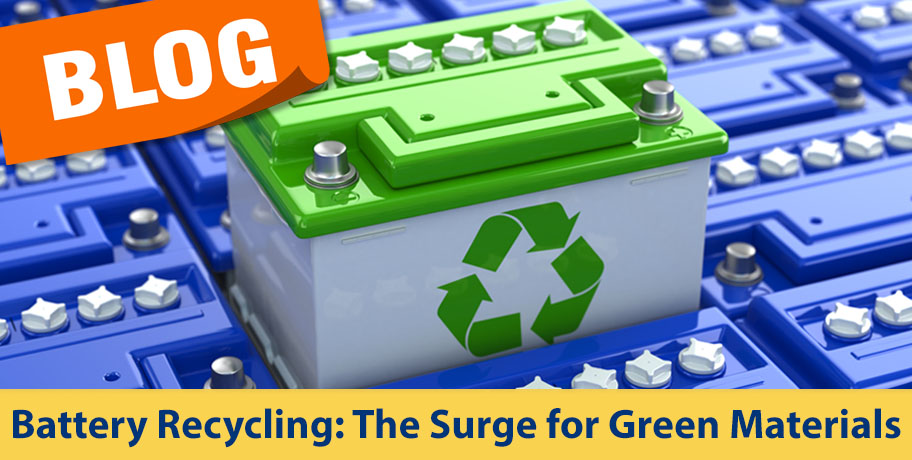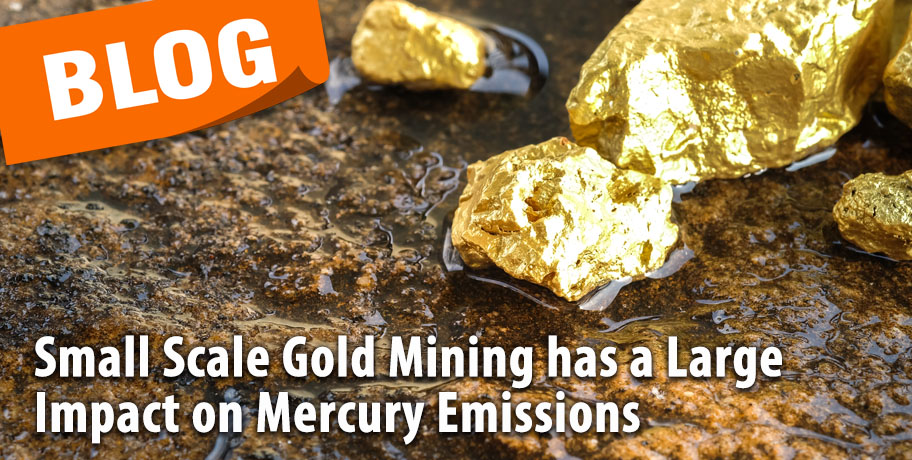We are in a battery recycling boom! A strong push from consumers for corporate responsibility in source origins and greener options overall has been felt by companies all over the world. Using recycled materials can be a cost-effective, logical choice for supporting Green Initiatives and boosting the bottom line.
Read MoreTeledyne Leeman Labs Blog
Tags: mercury, Green Materials, Battery Recycling
A lot of focus is put on anthropogenic (human-caused) releases of mercury into the environment, but let’s take a closer look into a powerful, natural source of mercury: volcanoes! We’ll explore why volcanic eruptions can increase global mercury levels, how we measure mercury released from past major eruptions, and how those measurements inform our policies for the future. So, how does mercury move from fire to ice?
Read MoreTags: mercury, mercury analysis
Mercury Testing in Water and Health Effects of Mercury in Drinking Water
Posted by Sara Kennedy on Jul 8, 2022 4:04:51 PM
Mercury Testing in Water and Health Effects of Mercury in Drinking Water
How does mercury get into drinking water supplies? How do we know when our drinking water is polluted? How does mercury contamination impact human health? In this blog we will focus on the sources of mercury in the environment, discuss health risks associated with mercury exposure, examine water treatment for mercury, review existing regulation designed to monitor and mitigate mercury and highlight Teledyne Leeman Labs’ role in manufacturing analyzers that test for mercury in water samples.
Read MoreTags: mercury
Small Scale Gold Mining has a Large Impact on Mercury Emissions
Posted by Sara Kennedy on May 18, 2022 3:46:54 PM
Artisanal and small-scale gold mining (ASGM) is defined by the Minamata Convention on Mercury as ‘gold mining conducted by individual miners or small enterprises with limited capital investment and production’. This type of mining often uses liquid mercury which forms an amalgam with the gold ore in the soil. The very small particles of gold are dissolved into the mercury to form a dark grey clump. To release the gold from the amalgam, the alloy is melted over a flame, driving the gaseous mercury vapor into the air and leaving behind the extracted gold. It is estimated that ASGM produces up to 20% of the world’s gold and 35% of all mercury pollution into the environment. Gold mining using mercury is detrimental to the health of workers, their environment, and their communities but there are economic and social considerations that limit the implementation of mercury free mining technologies.
Read MoreTags: mercury, mercury measurement, Mining
Mercury is well known to international agencies as toxic and a risk to human health. And yet, mercury is a common ingredient in cosmetic skin whitening creams due to its bleaching effect on skin. Repeated topical application can cause mercury to accumulate in the body as it is easily absorbed through the skin as well as through the lungs by inhalation. Applying these creams repeatedly and for prolonged periods of time can cause numerous adverse health effects. Mercury is still being added as an ingredient despite the known health concerns associated with it.
Read MoreTags: mercury
Reptiles are Ideal Indicators of Mercury Contamination
Posted by Betsey Seibel on Aug 30, 2017 9:39:06 AM
Despite its remote location, the Amazonian basin is not immune to mercury contamination. A new study published in the Environmental Toxicology & Chemistry found the presence of mercury in two species of turtles and two species of caiman. The concentration of the mercury was below World Health Organization consumption guidelines, but the mercury levels in the liver were higher than recommended for children and pregnant women.
Read MoreTags: mercury
About Mercury, its Toxicity, Levels in Fish, and a Suspected Link to ALS
Posted by Betsey Seibel on May 1, 2017 3:59:36 PM
What Is Mercury and Why is it Toxic?
Mercury is a metallic element with the symbol Hg and is the only liquid metal at room temperature. Mercury’s zero oxidation state (Hg0) exists as a liquid or vapor, its mercurous state (Hg+) forms inorganic salts, and its mercuric state (Hg+2) exists as either inorganic salts or organomercury compounds. With the exception of elemental liquid mercury, all forms of mercury are toxic, and some deadly.
Read MoreTags: mercury, Methylmercury
The familiar Florida summertime clap of daily thunder signals to the kids playing ball outside that it is time to go inside for a bit. Any U.S. Gulf Coast kid knows when the thunderstorm clouds roll overhead to get to shelter—fast--- because next to come are the threatening lightning strikes. While the lightning is a dangerous concern, the invisible pollution dangers from thunderstorms may be even worse than the lightning strikes.
The Mercury Deposition Network has evaluated rainwater nationwide for twenty years. It has puzzled analysts as to why the mercury levels were persistently so much higher in the southeast, especially in the Gulf Coast states of Florida and Louisiana, than those of northern states.
Read MoreTags: mercury
Mercury Pollution and Resource Management in Western North America
Posted by Betsey Seibel on Oct 4, 2016 3:45:15 PM
Spearheading a global group of scientists, the U.S. Geological Survey chronicled the mercury pollutants in the air, soil, sediment, plants, fish and wildlife throughout western North America. Ecologists complied decades of data and studies to assess groupings of mercury and methylmercury.
Mercury, a heavy metal, is organically found in the rock of the earth’s crust. It can become problematic when people, fish, and wildlife are subjected to elevated levels of mercury in its harmful configuration, methylmercury.
Read MoreTags: mercury, Methylmercury
Illegal gold mining operations in Peru have forced the Peruvian government to declare a state of emergency for the next two month. While the gold is valuable, the extracted process from surrounding areas has created a major health problem for local residents.
Read MoreTags: mercury










